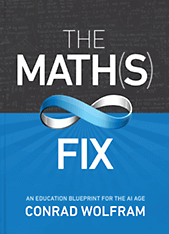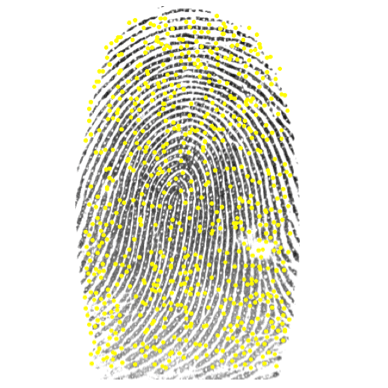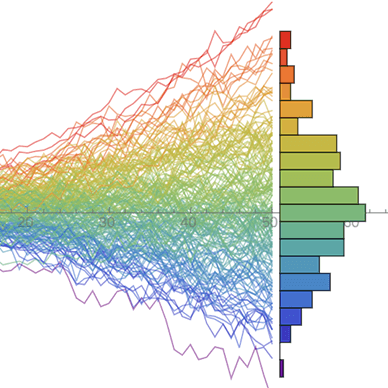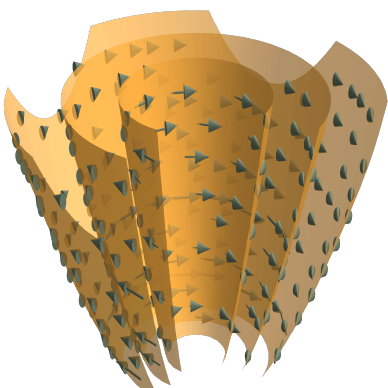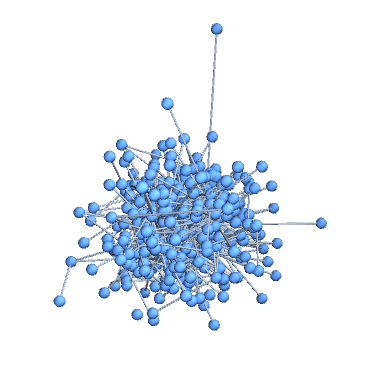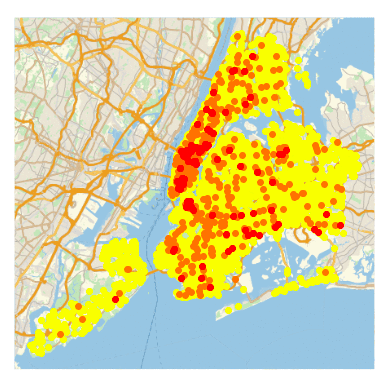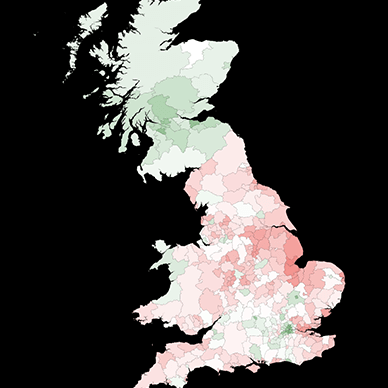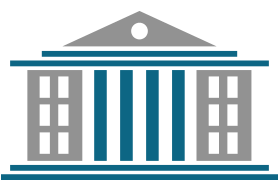Understand how high-powered computation can impact all levels and areas of your organization, to optimize efficiency through smarter decision-making.
Computational thinking skills are increasingly critical for individuals and organizations as the use of computation and AI becomes more central to every activity and every innovation. As computers have become more intelligent, including with large language models (LLMs), the need for human understanding is accelerated and deepened, not reduced. Unlocking ever-more-insightful answers means driving the computer with new computational thinking skills.
ComputationalThinking.org delivers learning programs for everyone. Our pioneering approach is not only about coding, math you may have missed and critical thinking, but also the underlying core computational thinking that drives all of them—for example, applied to life skills, data science and modeling.
ComputationalThinking.org is partnered with Wolfram Research and gains its expertise of more than 30 years as the world-leading organization in computation at every level and in every way: as users, employers, technology suppliers and innovators.
The what, where, how of computational thinking
What?
A mode of thinking about life, in which you apply a rigorous and repeatable four-step problem-solving process to ideas, challenges and opportunities.
Where?
Almost everywhere. In everyday life, at work, in school, across fields as diverse as healthcare, finance, law and music, computational thinking is applicable to everyone.
How?
By gaining experience of applying the four-step computational thinking process—in real-life settings, through a graduated progression of tasks.
Conrad Wolfram's The Math(s) Fix
The Math(s) Fix: An Education Blueprint for the AI Age is a groundbreaking book that exposes why maths education is failing worldwide and how the only fix is a fundamentally new mainstream subject.
What of computational thinking
Computational thinking is a process in which you creatively apply a four-step problem-solving cycle to ideas, challenges and opportunities you encounter to develop and test solutions. The emphasis is learning how to take real-life situations and abstract—often to programs—so a computer can calculate the answer.

-
Think through the scope and details of the problem, defining manageable questions to tackle. Identify the information you have or will need to obtain in order to solve the problem.
-
Transform the question into an abstract precise form, such as code, diagrams or algorithms ready for computation. Choose the concepts and tools to use to derive a solution.
-
Turn the abstract question into an abstract answer using the power of computation, usually with computers. Identify and resolve operational issues during the computation.
-
Take the abstract answer and interpret the results, recontextualising them in the scope of your original questions and sceptically verifying them. Take another turn to fix or refine.
Often the answer to one question can be used to solve a second, repeating the four-step process with new insights. Therefore, computational thinking can be thought of as a helix made up of a roadway of the four steps, repeating in sequence until you reach a solution fit for the original purpose.
Where of computational thinking
Computational thinking (CT) is applicable to everyone. It empowers managers, decision makers and administrators to think laterally to generate a broader range of solutions and adapt their strategy to become more competitive. It enables technical teams to optimize their techniques based upon the latest computation, providing innovative output for analysis.
Sectors
Fields
EngineeringUse CT to design, simulate, model, optimize and predict the behavior of your system under a variety of conditions.
|
Biotechnology and healthcareCT affords new analysis methods for medical data to develop more efficient systems that help make better decisions for the benefit of patients.
|
Finance and economicsFrom exploring market behavior to managing insurance claims, apply CT to model, optimize and solve problems.
|
Data science and business intelligenceUse CT with modern analytical techniques to arrive at better, real, quantifiable answers where traditional techniques would fail.
|
ScienceFrom automating importing of data to high-powered analysis, apply CT to advance knowledge and expertise in your scientific field.
|
Media and the artsUse CT to realistically model natural events, create animations, design patterns or generate 3D sculptures.
|
Law and social sciencesAnalyze social networks, model behaviors and carry out meaningful analysis of socioeconomic data to benefit human society and culture.
|
EnvironmentalWhether it is climate change prediction, alternative energy development or pollution modeling, effectively plan to preserve the environment with CT.
|
Communications and securityDevelop innovative algorithms for efficient information transfer and data security through applying the CT process.
|
